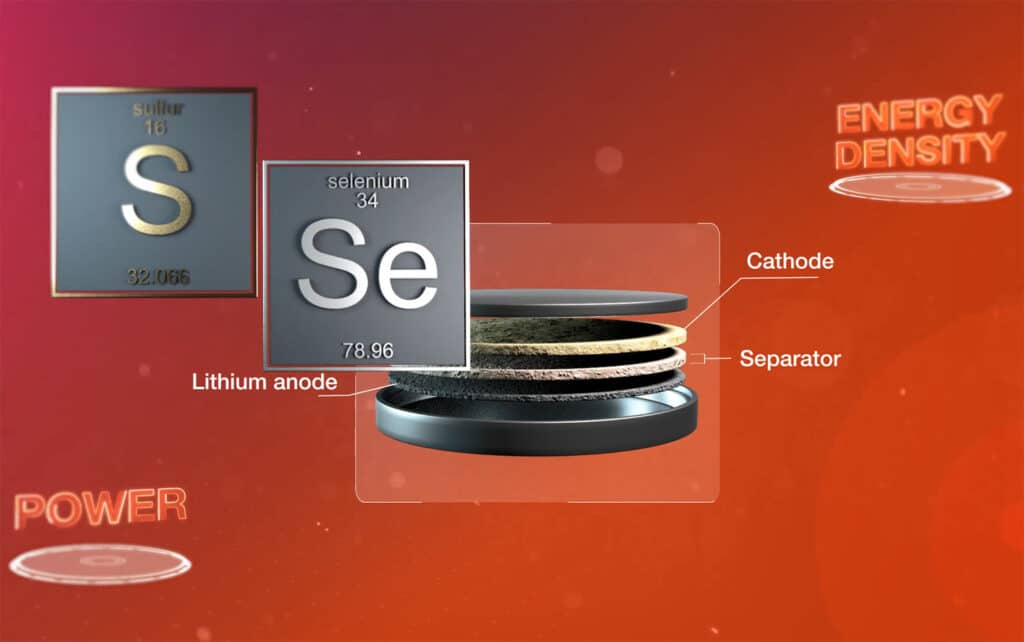NASA researchers working on the Solid-state Architecture Batteries for Enhanced Rechargeability and Safety (SABERS) project have made progress in developing an innovative battery pack that is lighter, safer, and performs better than batteries commonly used in vehicles and large electronics today. Their work seeks to improve battery technology by investigating the use of solid-state batteries for aviation applications such as electric-propelled aircraft and Advanced Air Mobility.
Unlike industry-standard lithium-ion batteries, solid-state batteries do not contain liquids, which can cause detrimental conditions, such as overheating, fire, and loss of charge over time. It can hold more energy and perform better in stressful environments than standard lithium-ion batteries.
Battery performance is a key aspect in the development of more sustainable electric aircraft. These batteries must effectively store the huge amount of energy required to power an aircraft, all while remaining lightweight. Also, the battery must discharge its energy or empty its bucket at an extraordinarily fast rate to power an electric aircraft.
To make this happen, the SABERS team has experimented with innovative new materials yet to be used in batteries, which have produced significant progress in power discharge. During the past year, they successfully increased their battery’s discharge rate by a factor of 10 – and then by another factor of 5 – inching researchers closer to their goal of powering a large vehicle.

In addition to the new materials, NASA’s team used revolutionary packaging, which allowed it to shed most of the battery’s weight and increase the energy it could store. Unlike regular batteries, which connect individually-packaged cells, SABERS’ batteries stack all the cells vertically inside one casing. With this design, SABERS has demonstrated solid-state batteries can power objects at the huge capacity of 500 watt-hours per kilogram – double that of an electric car.
“Not only does this design eliminate 30 to 40 percent of the battery’s weight, but it also allows us to double or even triple the energy it can store, far exceeding the capabilities of lithium-ion batteries that are considered to be state of the art,” said Rocco Viggiano, principal investigator for SABERS at NASA’s Glenn Research Center in Cleveland.
In addition, solid-state batteries do not catch fire when they malfunction and can still operate when damaged, making them attractive for use in aviation. SABERS researchers have tested their battery under different pressures and temperatures and have found it can operate in temperatures nearly twice as hot as lithium-ion batteries without as much cooling technology. The team is continuing to test it under even higher temperatures and pressures, pushing the limits of the technology.
SABERS has collaborated with several partners, including Georgia Tech, Argonne National Laboratory, and Pacific Northwest National Laboratory, to further this leading-edge research.
NASA’s solid-state battery has twice the energy density of electric car battery
Source: Tambay News

0 Comments